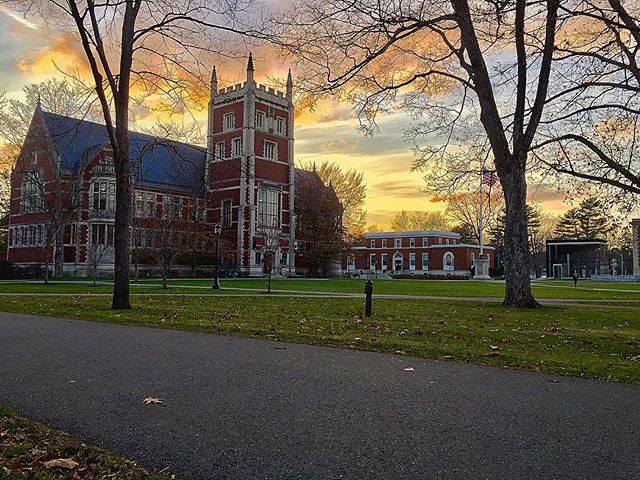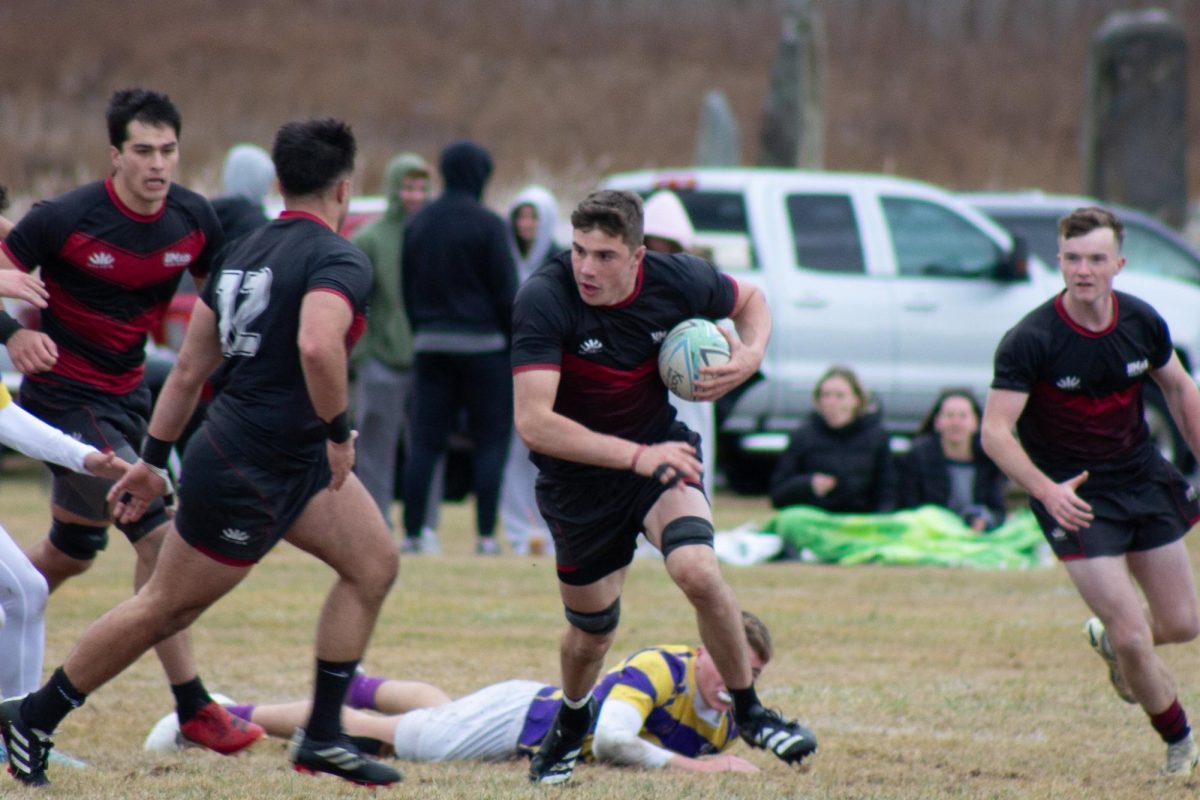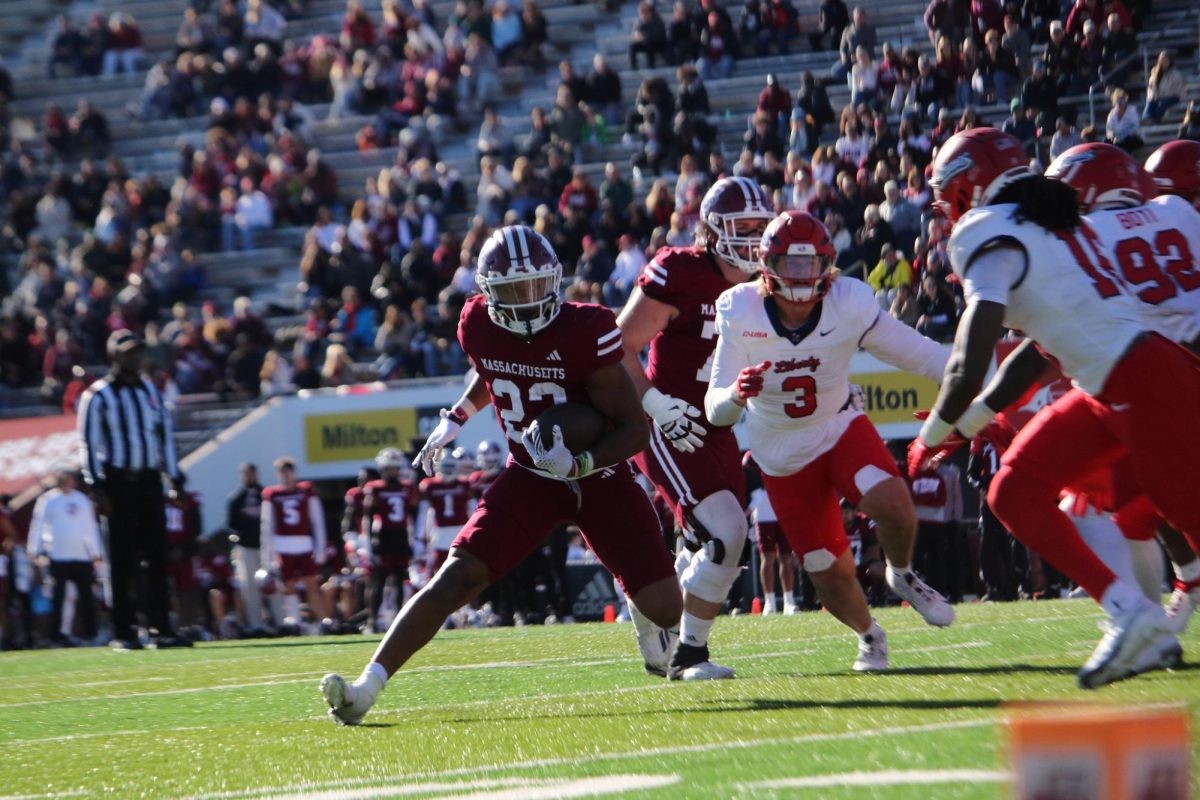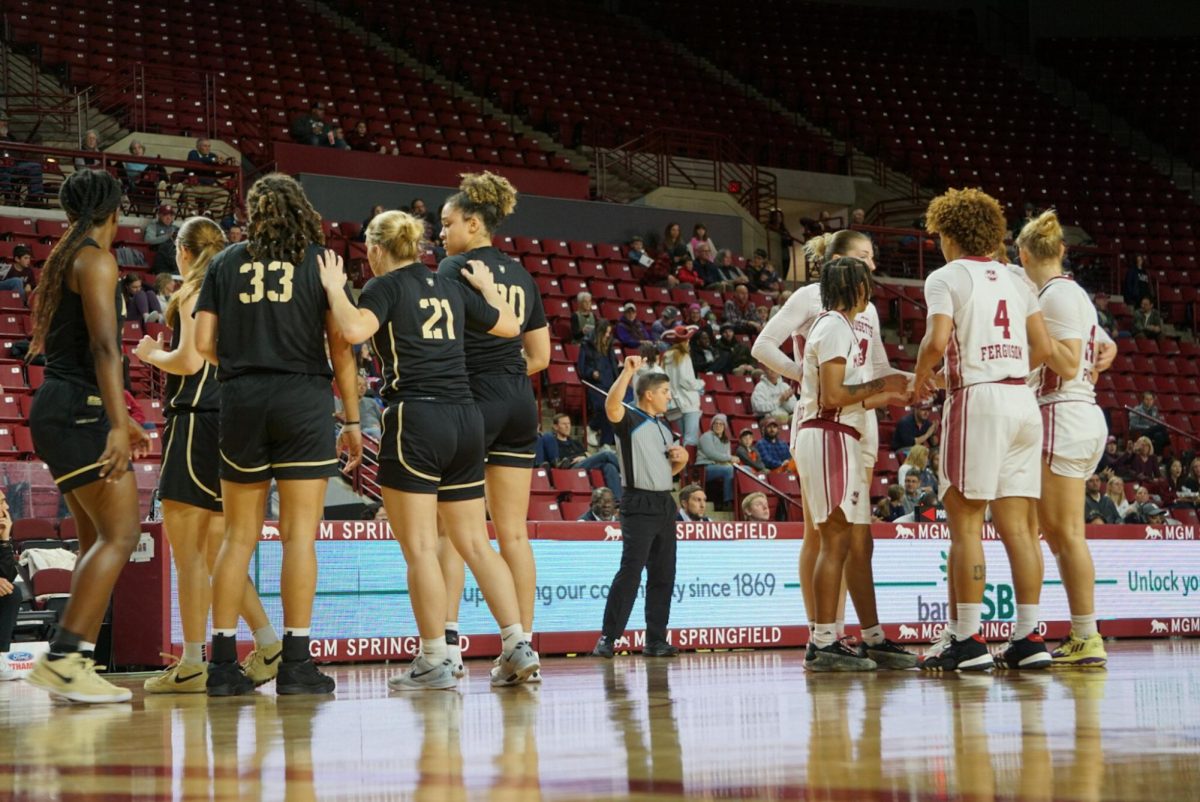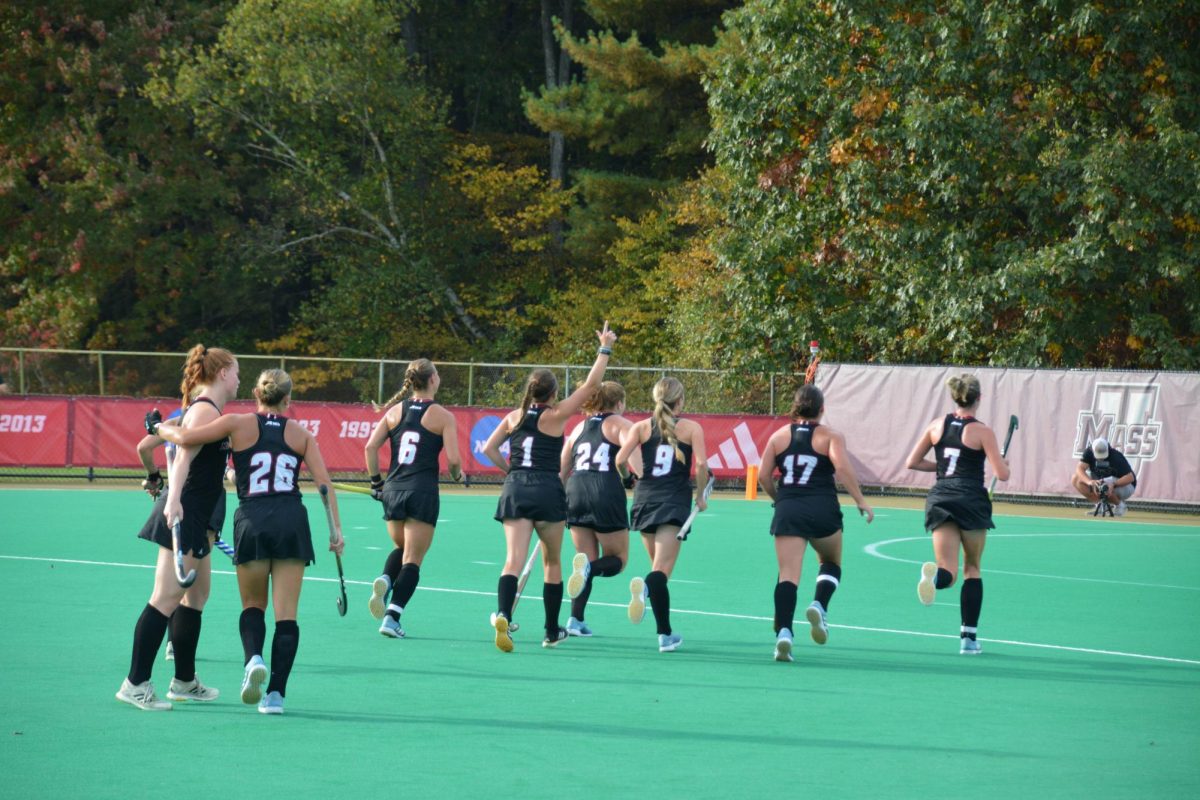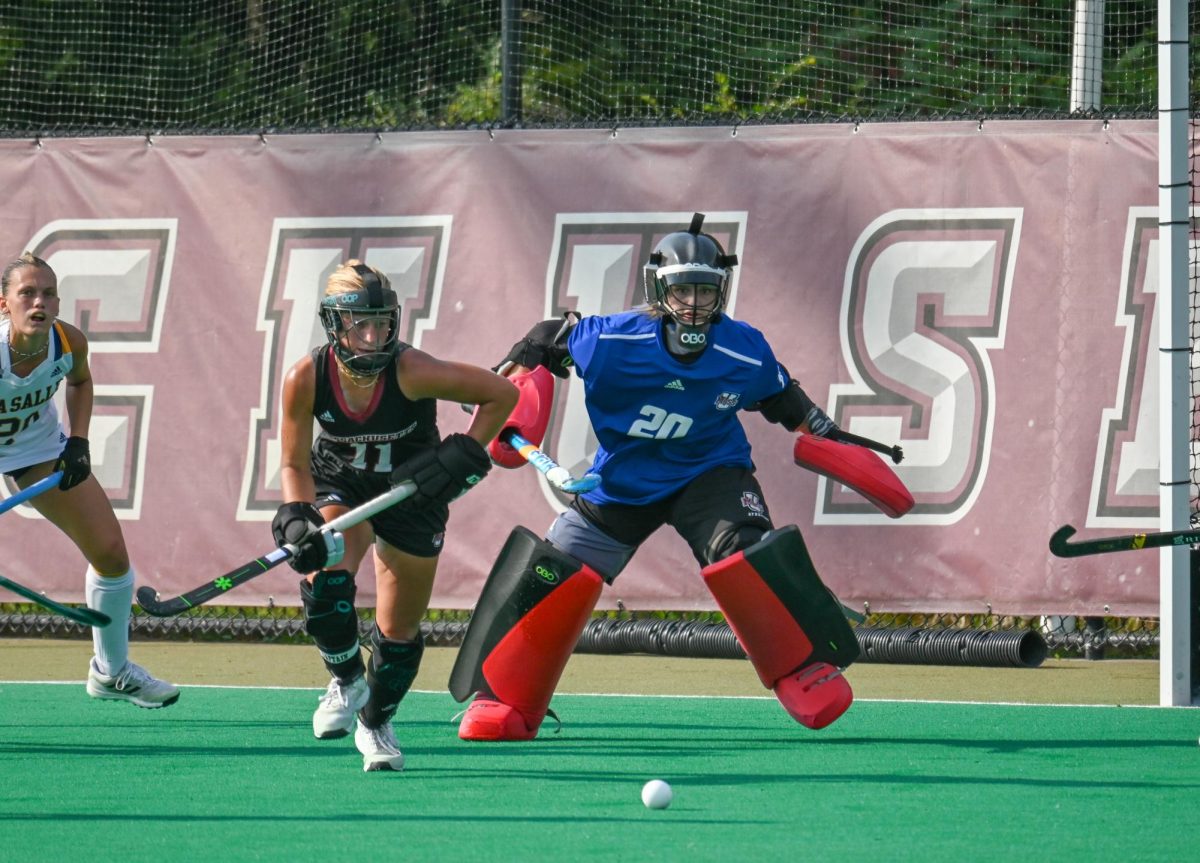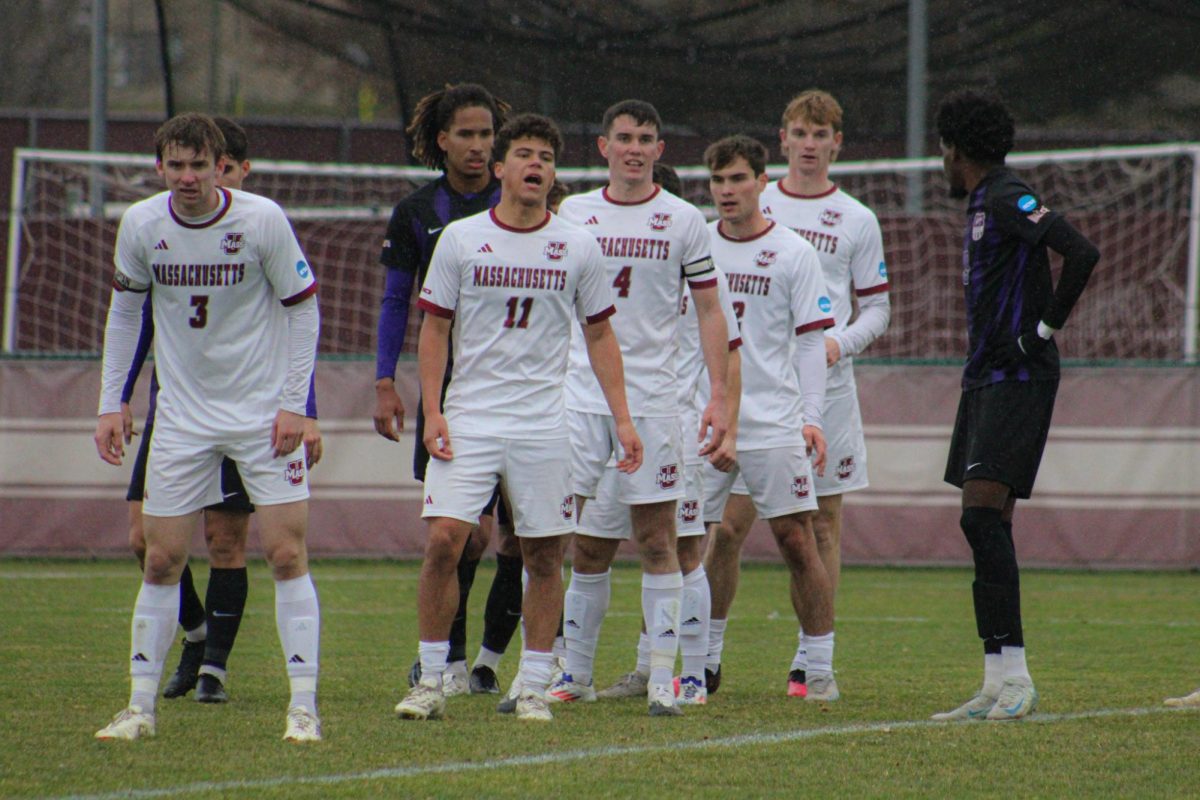Charles Dorn, a professor of education and dean for academic affairs at Bowdoin College, gave the third lecture of Amherst College’s interdisciplinary series, discussing how higher education is in crisis.
Dorn is the author of several books, including his newest publication “For the Common Good: A New History of Higher Education in America,” which was the focus of his talk.
On Feb. 14 in Amherst College’s Beneski Museum of Natural History, Dorn explained how the cost of college is ballooning, which forces students to take out massive loans to pay for school. This cost dilemma comes at a time where school curriculums are being called into question, both for their political correctness and their suspected irrelevance to the job market.
Dorn explained how some believe that these problems are unprecedented. He disagreed and said, “These issues are not signs of decline but are historically predictive indicators of growth and transformation.”
“Are we approaching the end of college in America? I don’t think so,” Dorn said.
To drive home his point, Dorn presented his audience with a scenario: Social and political turmoil hit America; years of massive immigration had prompted a nativist backlash. The economy and the labor market were struggling to adjust to radical new technologies, and on top of it all, Americans were becoming suspicious of college as a bastion of the liberal elite.
“The history of American higher education is characterized by transformation and change,” said Dorn.
Periods of collegiate reform were trying times, as many ventures failed; only reformist success stories are remembered now. Historically Black colleges, women’s colleges, agricultural schools, military schools and mining schools are all different models which emerged from times of reform, he explained.
Dorn refers to the period between 1945 and 1970 as a “Golden Age” for colleges. During that period, college enrollment increased by 270 percent. Much of that expansion was met with new and expanding public schools.
Since that period, there have been several new attempts to reform higher education.
“Community colleges are the only [higher education] institution which Americans can claim to have invented,” said Dorn.
These schools were supposed to turn K-12 schooling into K-14 and allow colleges to focus more heavily on research and graduate education. While some colleges have shifted focus away from undergraduate studies, Dorn said that the K-14 community college model “never really took off.”
Dorn was dismissive of another modern attempt at education reform: the for-profit college. For-profit’s mission, which is to provide students with vocational credentials, deviates from the public good mission that Dorn said has existed since higher education began.
Dorn believes that for-profit schools “are a disaster area in higher education,” and he sees real challenges for many schools in the future, but thinks that “Amherst, Williams and Bowdoin will be fine.” The confluence of their high value, high selectivity and large endowments will both ensure their enrollment stays up and protect them against future losses.
“Second-tier schools,” as Dorn refers to state schools, for profit colleges and lower ranked liberal arts colleges will get caught in the middle of an increasing emphasis on top tier schools and growing appeal of community colleges.
Benigno Sanchez-Eppler, an English lecturer at Amherst College, thinks that the second-tier schools, or the middle of the market, has already felt the burn. According to him, the squeeze on second-tier schools “doesn’t have to do with education.” Schools could have stellar faculty and still falter. What really matters for an institution’s success is alumni involvement and financial management.
Dorn thinks that colleges can find success by banding together.
“Why can’t a student at Colby or Bates take my introduction level education course online as I’m teaching it?” asked Dorn. Collegial consortiums and online education can reduce redundancy between schools and help colleges deploy their resources more efficiently, he argued.
Peter Berek, a visiting scholar at Amherst College, sees the Five College Consortium in the Pioneer Valley in much the same way. According to him, “the consortium is as good as it is because of [UMass].”
The presence of a large state university gives students at the four smaller liberal arts schools opportunities they otherwise wouldn’t have, he said, and allows them to retain their liberal arts mission.
Arthur Robert can be reached at [email protected].

